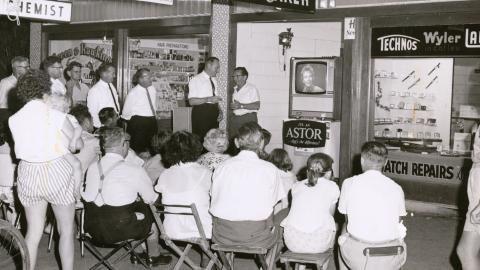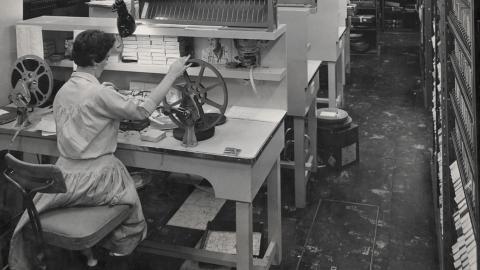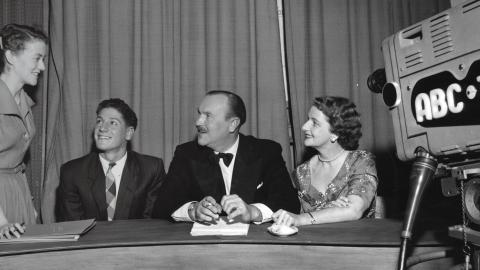
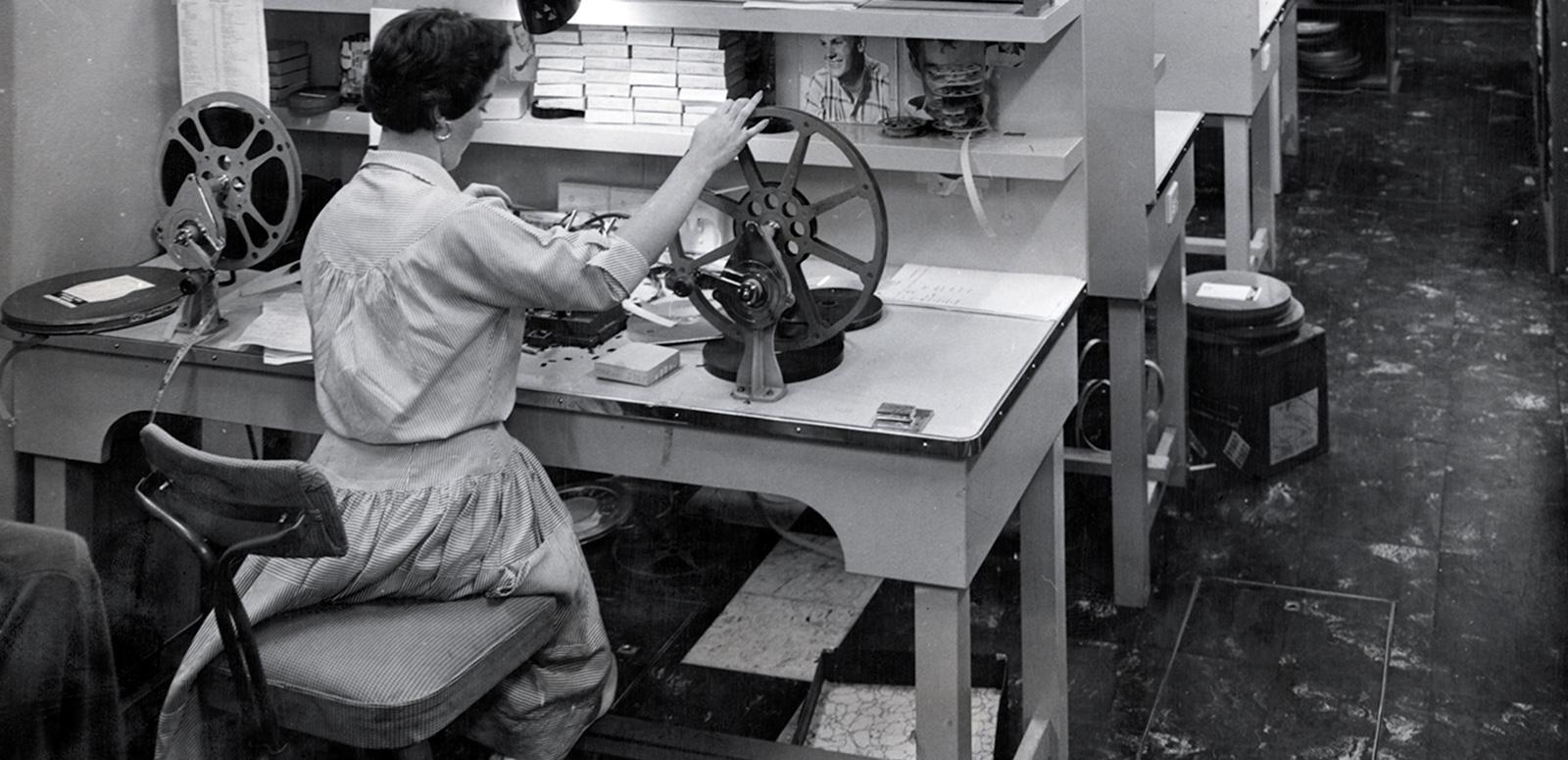
The Women Who Made Australian TV
The Women Who Made Australian Television
This collection brings together stories of some of the women who contributed to Australian television production from the 1950s to the 1980s.
It includes historical footage, oral histories, photographs and documents compiled by Dr Jeannine Baker for her in-depth series of articles covering the launch of television, women technicians, female directors and producers, and women's and children's programs.
Women made a major contribution to television production from its early days, working across all areas of television stations, including in key creative, technical and production support roles.
This collection is a testament to the many women whose expertise and creativity helped shape the Australian media landscape.
For her series of articles, Jeannine Baker received the 2022 Oral History Australia Media Award.
Main image: A woman working with reels of film at a winding bench at ATN7 television station in Sydney, circa 1956. NFSA title: 1010010.
WARNING: this collection contains names, images or voices of deceased Aboriginal and Torres Strait Islander people.
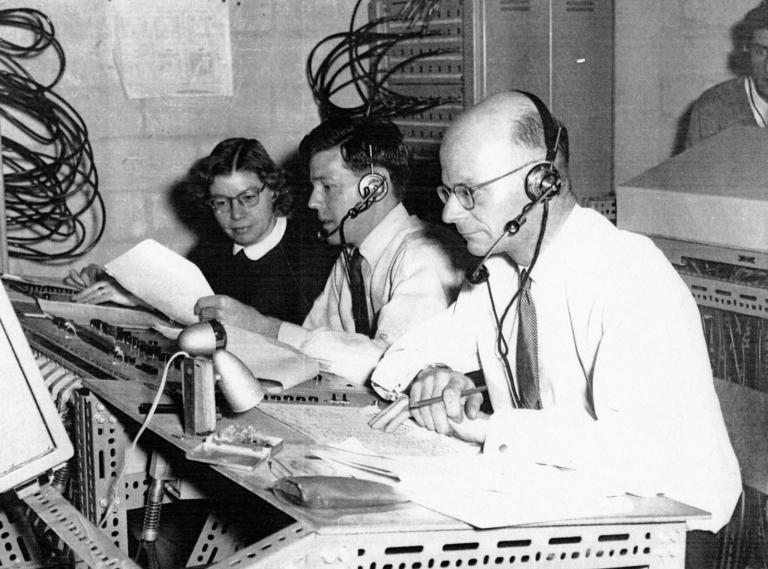
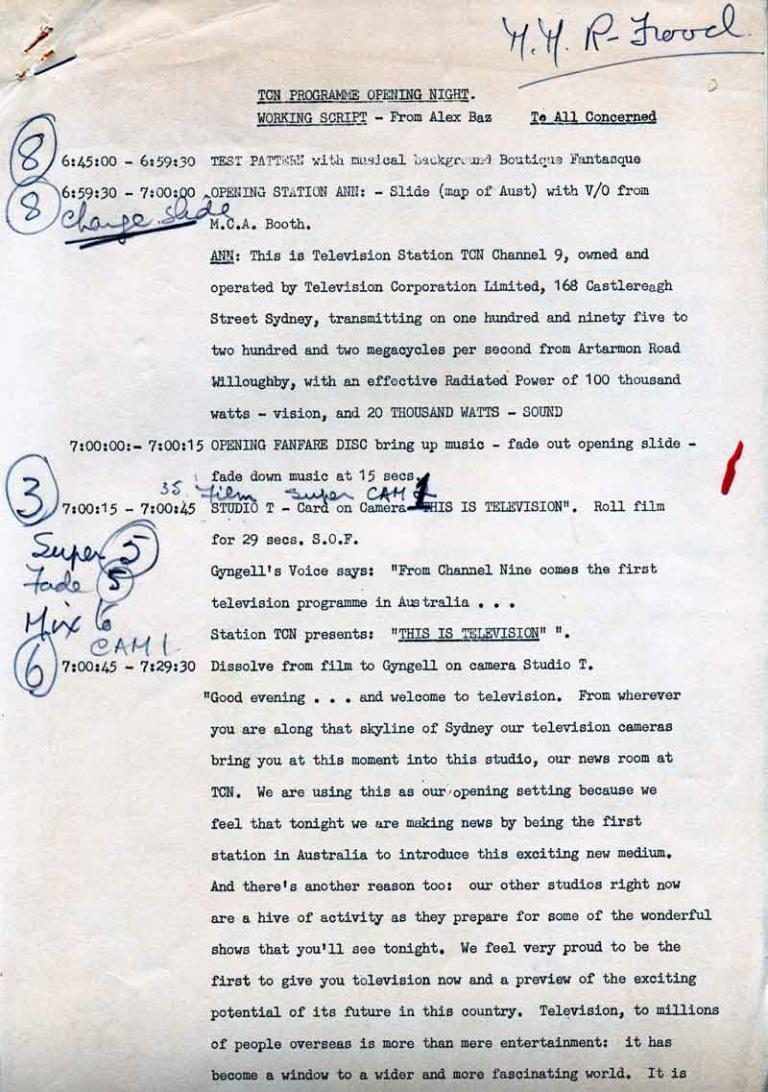
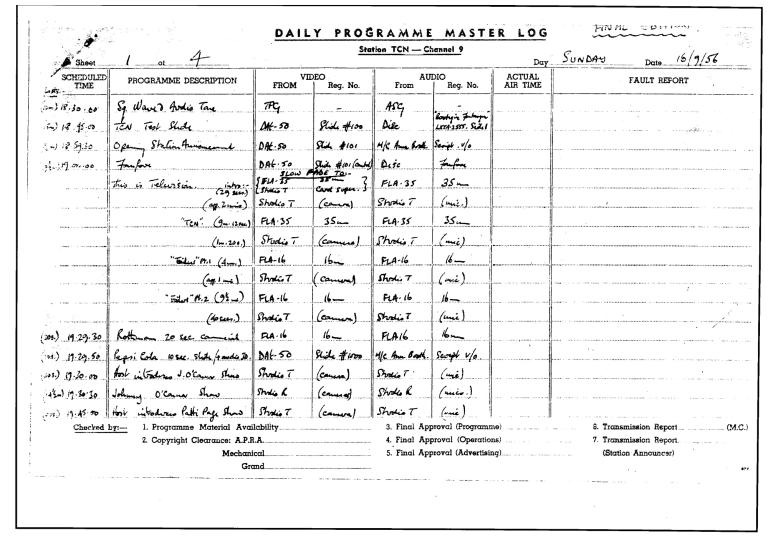
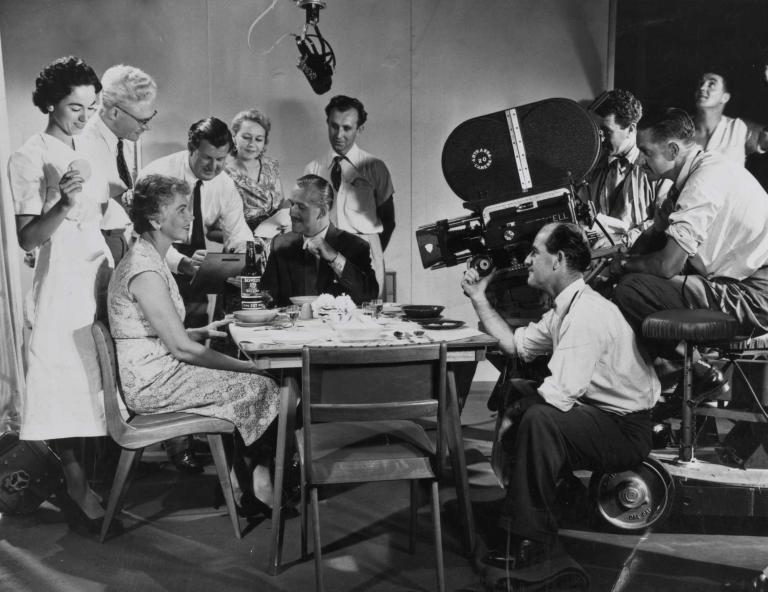
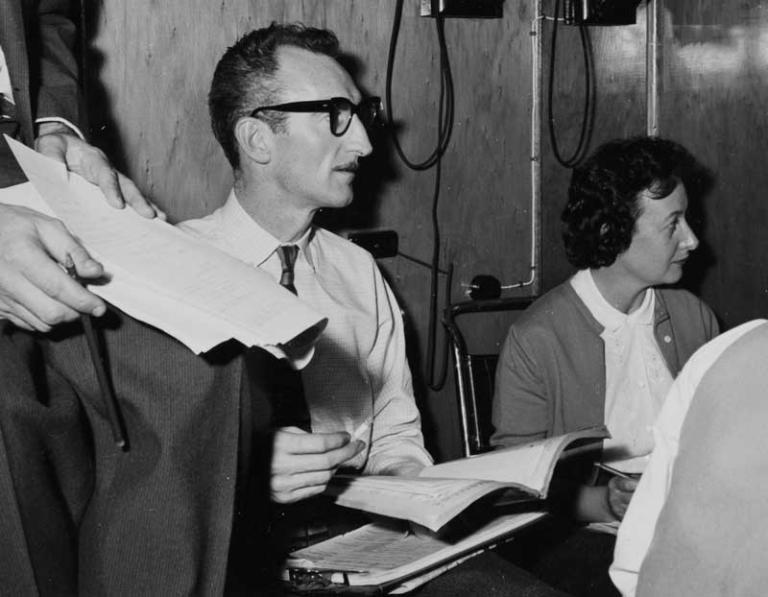
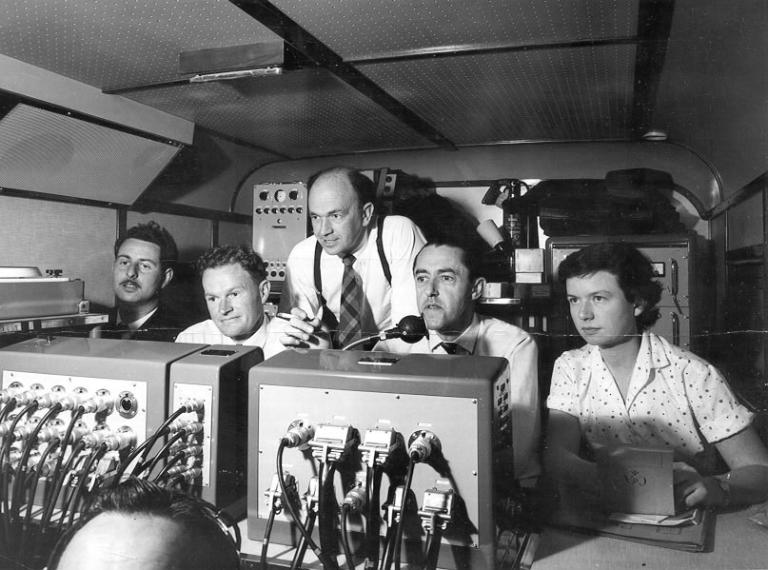
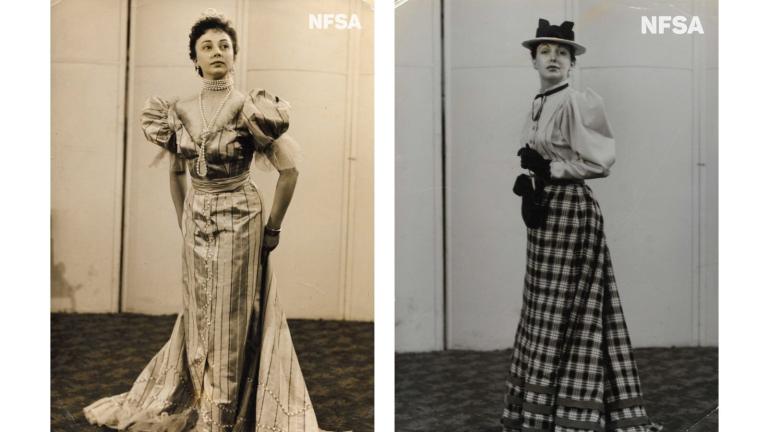
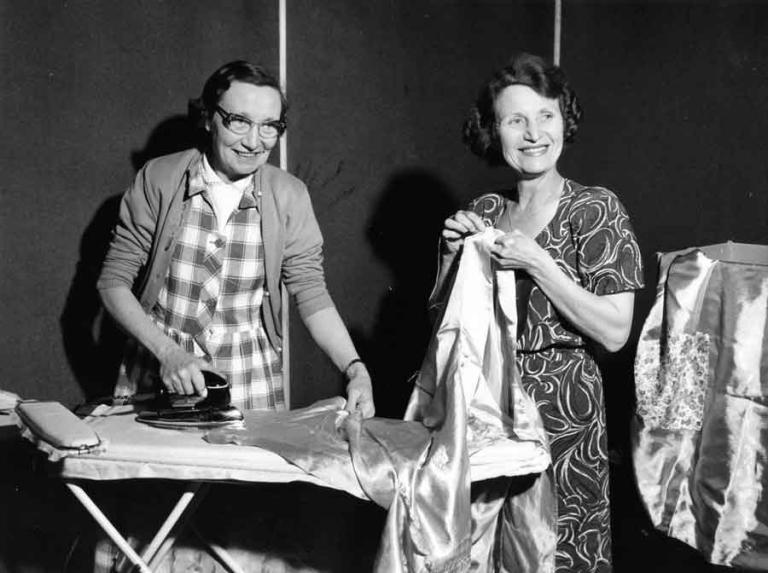
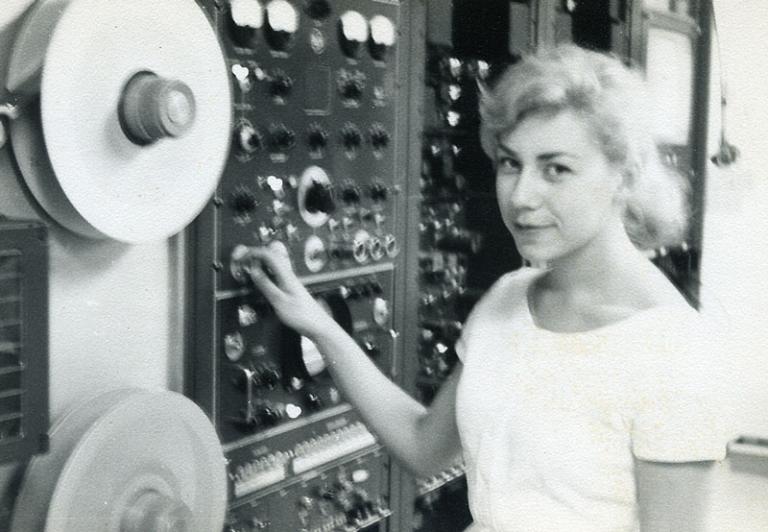
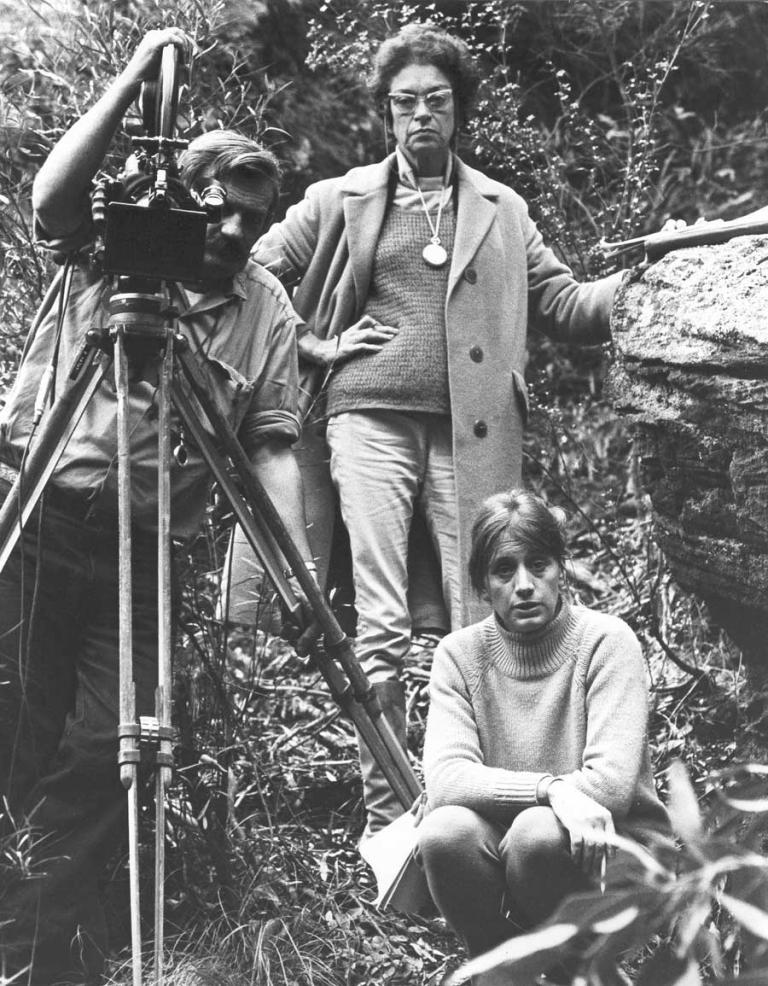
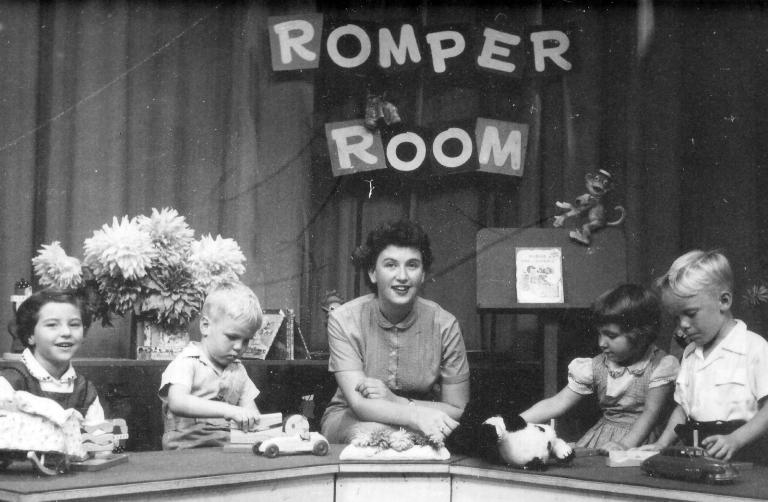
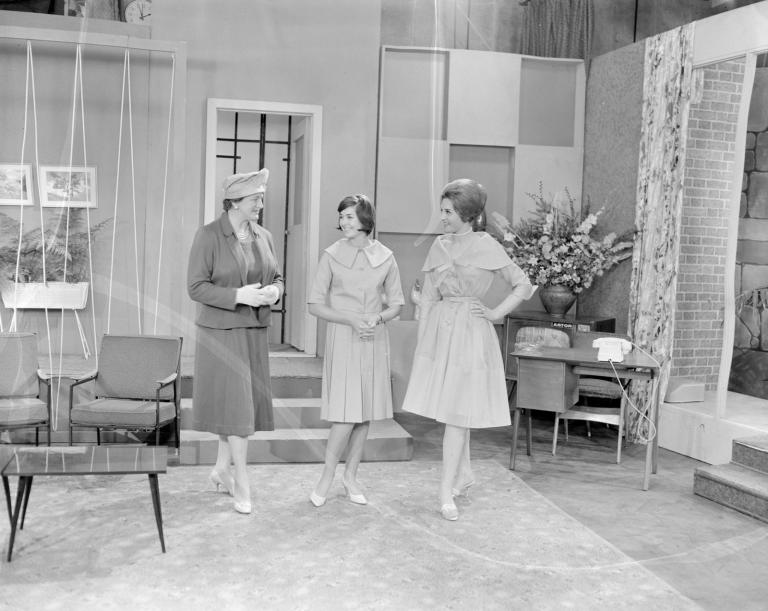
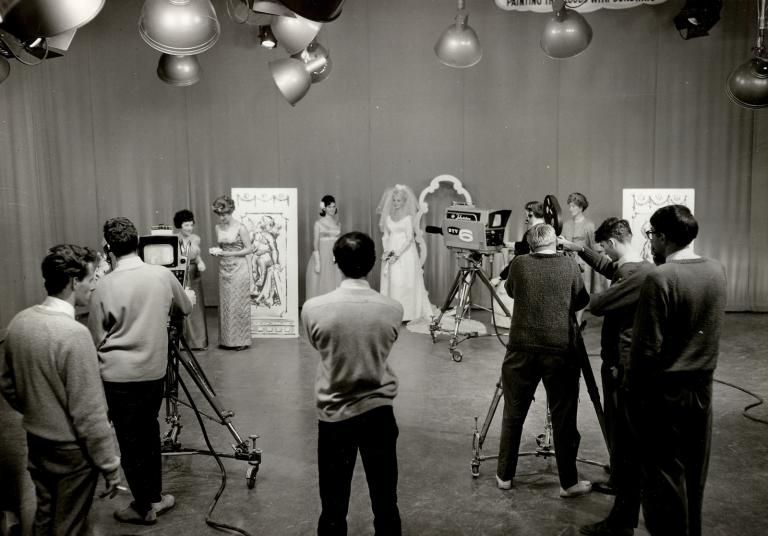
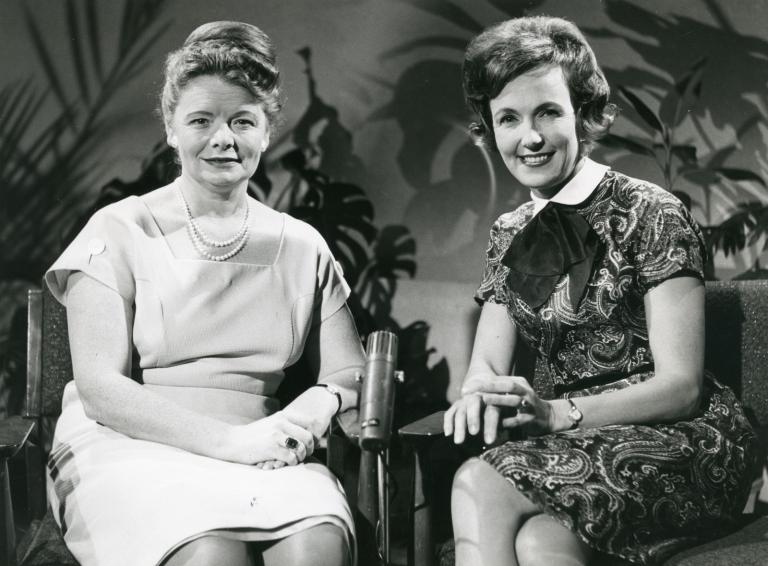
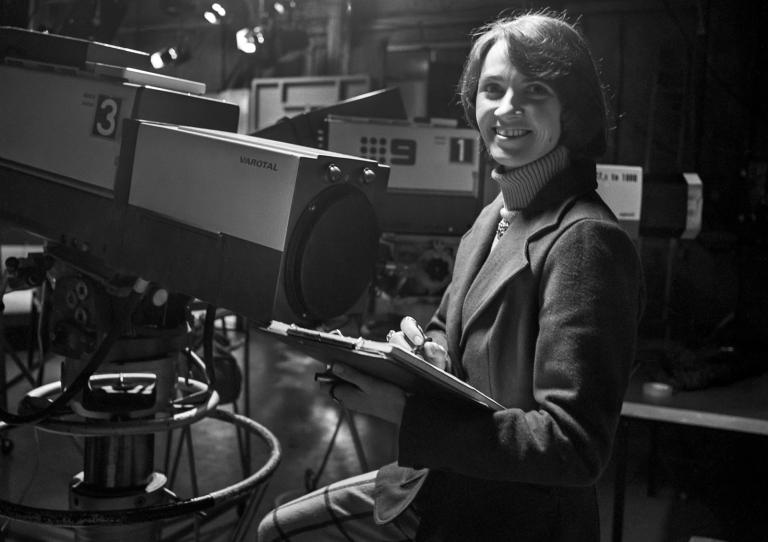
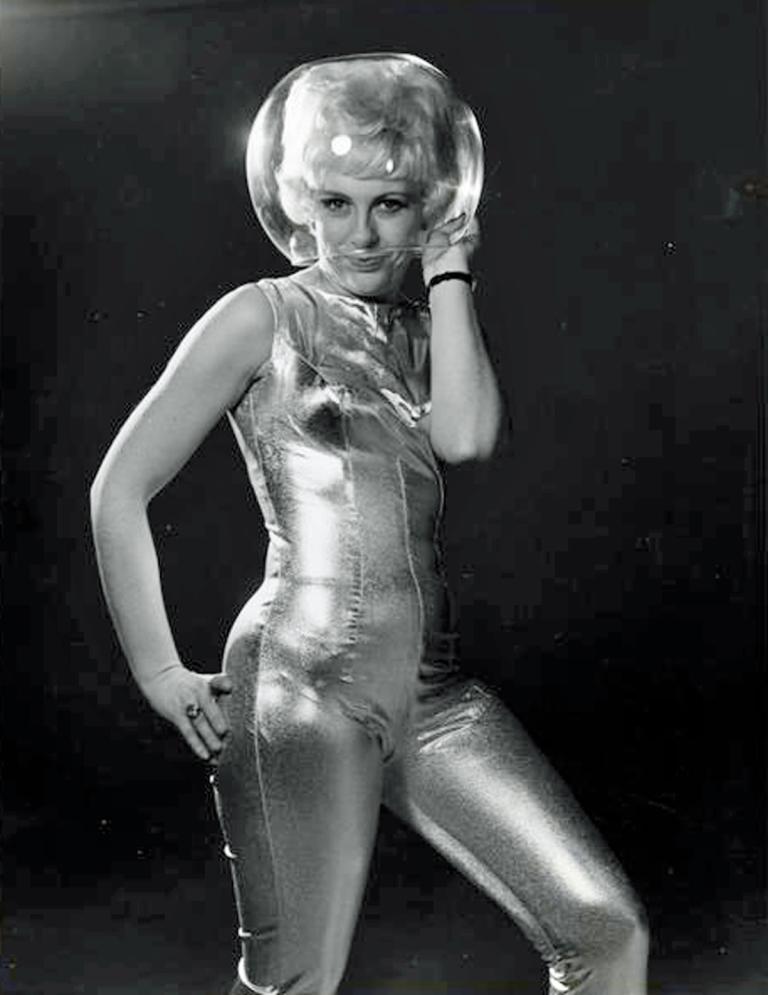
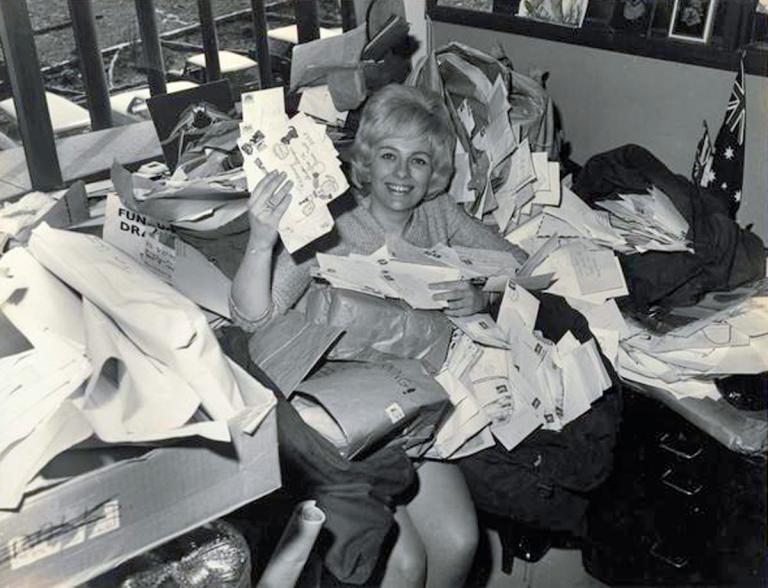
The National Film and Sound Archive of Australia acknowledges Australia’s Aboriginal and Torres Strait Islander peoples as the Traditional Custodians of the land on which we work and live and gives respect to their Elders both past and present.
